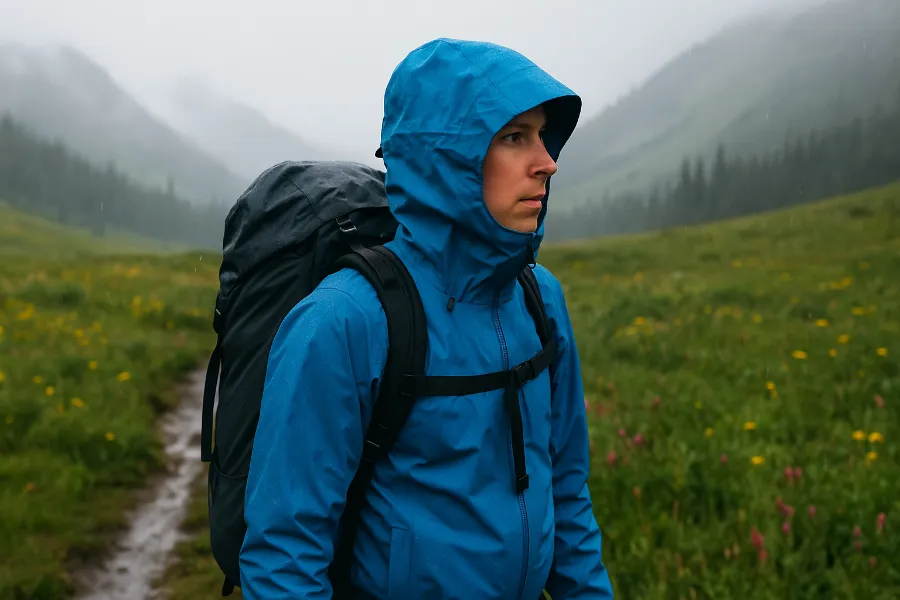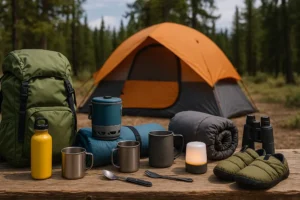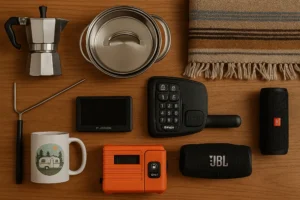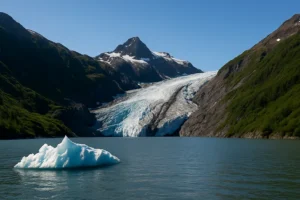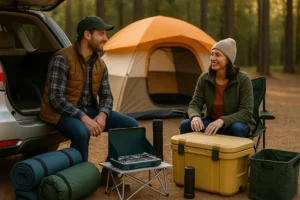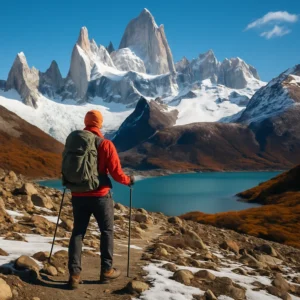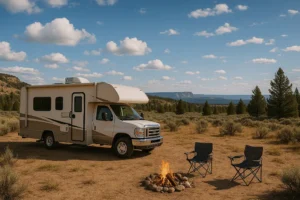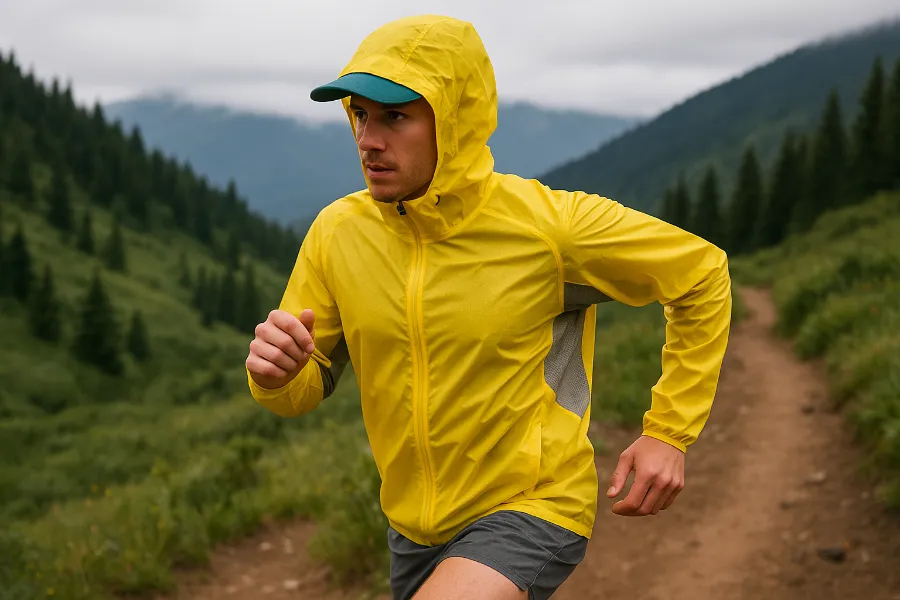
There are few things more demoralizing on a long trek than being caught in a relentless downpour without the right protection. A soaked shirt clings, body heat vanishes, and miles feel like double. That’s why finding the best backpacking rain jacket is one of the smartest gear investments you can make.
But here’s the catch: not all rain jackets are created equal. Some pack down to nothing but sacrifice durability. Others block even the fiercest alpine storm but weigh more than you’d like. The sweet spot? A rain jacket that balances weight, breathability, durability, and price—all while keeping you dry mile after mile.
Let’s dive into what makes a rain jacket truly “backpacking-ready” and which ones deserve a place in your pack.
What to Look for in the Best Backpacking Rain Jacket
Construction: 2-layer vs. 2.5-layer vs. 3-layer
Rain jackets typically come in three builds:
- 2-layer: Affordable and fine for casual wear. These feature a waterproof outer fabric bonded to a lining. Good for daily use, but not rugged enough for extended backpacking.
- 2.5-layer: A lightweight option that adds a protective half-layer coating. Popular with budget-friendly jackets like the REI Rainier.
- 3-layer: The gold standard for backpackers. A face fabric, waterproof/breathable membrane, and interior liner combine for durability and comfort. Jackets like the Patagonia Torrentshell 3L and Arc’teryx Beta SL thrive here.
If your trips involve frequent storms or longer mileage, 3-layer construction is worth the investment.
Waterproofing & Breathability
A rain jacket that keeps out water but turns you into a personal sauna isn’t helpful. Look for jackets rated with strong hydrostatic head values (10,000mm+ is good; 20,000mm is excellent) and breathability ratings that let sweat escape. Features like pit zips help regulate heat when you’re climbing switchbacks in humid weather.
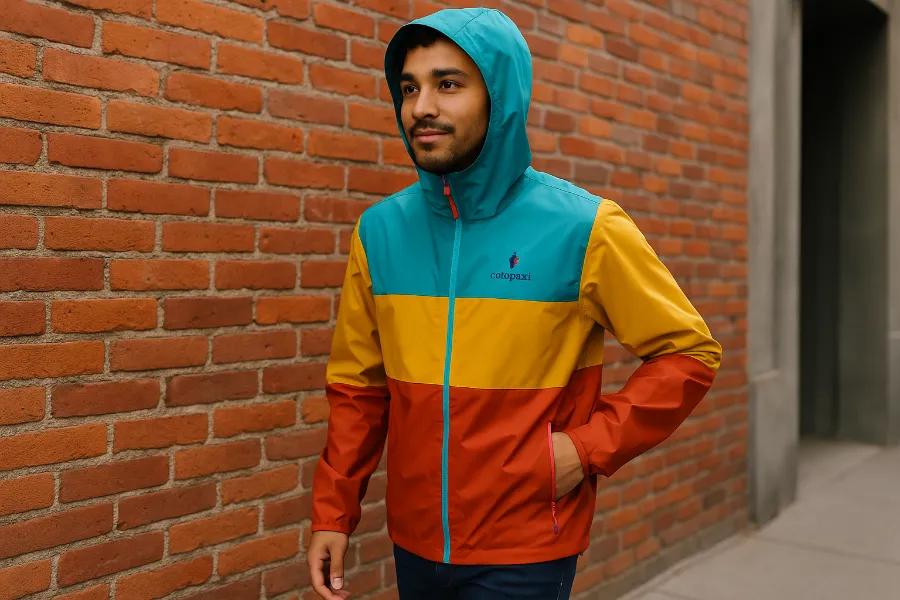
Weight & Packability
Every ounce matters when you’re carrying a week’s worth of food. The best backpacking rain jacket should be light enough to stash when skies are clear, but not so flimsy that it tears on brush. Ultralight models like the Janji Rainrunner Pack 2.0 weigh under 8 ounces, while more rugged alpine jackets sit around 12–14 ounces.
Durability & Sustainability
Modern rain jackets increasingly use recycled materials and PFC-free durable water repellents (DWR). While these eco-friendly treatments don’t last forever, they’re a step in the right direction. Jackets like the Cotopaxi Cielo and Patagonia Torrentshell shine in this department.
Fit and Features
Don’t overlook details that make or break a jacket in the field:
- Adjustable hood: Should cinch down without blocking vision.
- Pit zips: Crucial for dumping heat.
- Pockets: High handwarmer pockets are ideal when wearing a hip belt.
- Cuffs & hems: Look for Velcro and drawcord adjustments to seal out wind and rain.
Top Picks for the Best Backpacking Rain Jacket
Best Overall: Patagonia Torrentshell 3L
The Torrentshell 3L has earned its reputation as a workhorse. The switch from 2.5-layer to 3-layer H2No® fabric dramatically improved durability, making it a reliable choice for multi-day backpacking. Testers noted it held up even through torrential rains in Washington’s Enchantments.
- Weight: ~12–14 oz
- Highlights: Pit zips, recycled materials, fair trade sewing, PFC-free DWR
- Best for: Backpackers who want durability at a mid-range price
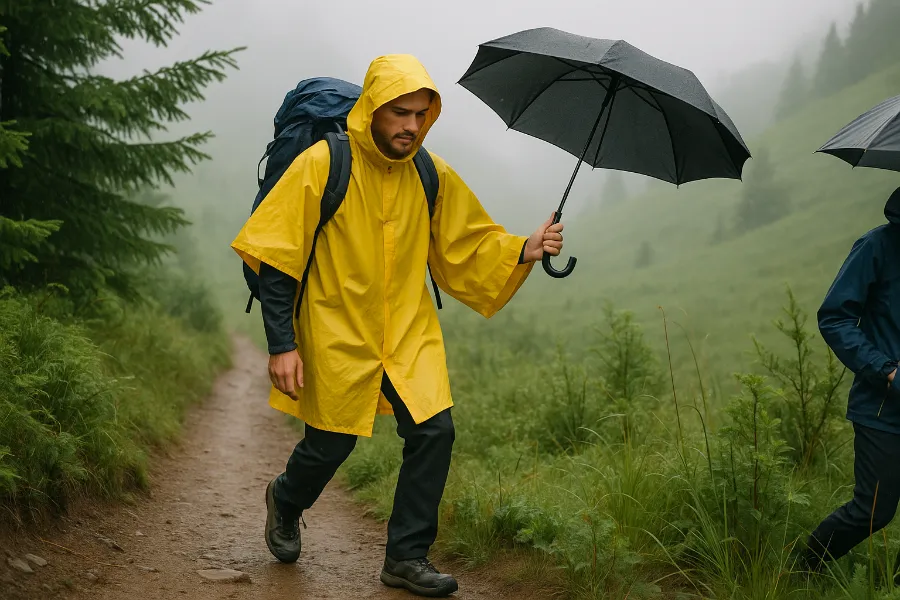
Best for Backpacking: REI Co-op XeroCloud 3L
This is REI’s lightest 3-layer shell and one of the best backpacking-specific jackets available. At just 11 ounces, it’s featherlight yet tough, with articulated elbows and soft, stretchy fabric that moves with you.
- Weight: 11–13 oz
- Highlights: Pit zips, packable, soft lining, Climate Neutral Certified
- Best for: Ultralight backpackers who still want full storm protection
Best for Versatility: Outdoor Research Aspire & Foray 3L
What sets the Aspire (women’s) and Foray (men’s) apart? Their massive side zips that extend from hem to pit. That ventilation system is a lifesaver when humidity and exertion meet rain. Add mechanical stretch and full seam-taping, and you’ve got one of the most versatile jackets on the market.
- Weight: 13–15 oz
- Highlights: Exceptional ventilation, bluesign-approved, mechanical stretch
- Best for: Hikers and backpackers who want one jacket for all activities
Best Budget Pick: REI Co-op Rainier
For under $100, the Rainier gives you taped seams, pit zips, and solid HydroWall waterproofing. It’s heavier and less packable than premium options, but unbeatable for the price. It’s also the co-op’s best-selling rain jacket ever.
- Weight: 10–11 oz
- Highlights: Value, pit zips, fair trade factory, recycled nylon
- Best for: Budget-conscious hikers and everyday use
Best Lightweight: Janji Rainrunner Pack 2.0
At around 7 ounces, this running-specific jacket doubles nicely as a minimalist backpacking layer. With 20,000mm waterproofing and clever mesh ventilation, it’s ideal for those who hike fast and light.
- Weight: 7–8 oz
- Highlights: Extremely light, breathable, packs small
- Best for: Ultralight and fastpackers
Best Casual/Light Use: Cotopaxi Cielo
For hikers who also want a jacket that looks good in town, the Cotopaxi Cielo blends function and flair. With its funky colorways and eco-friendly build, it’s a solid choice for light rain and everyday use.
- Weight: 16 oz
- Highlights: PFC-free DWR, recycled materials, B Corp certified
- Best for: Casual hikers and urban adventurers
Best Premium/Alpine: Arc’teryx Beta SL
Arc’teryx gear has a cult following for good reason. The Beta SL uses a new GORE-TEX ePE membrane that’s lighter and more sustainable while remaining bomber against alpine storms. It’s pricey but built to last a decade or more.
- Weight: 12–14 oz
- Highlights: Helmet-compatible hood, premium construction, high stitch count
- Best for: Backpackers who demand the best and are willing to invest
Backpacking-Specific Advice
When to Carry a Rain Jacket
- Short trips in dry climates: You might leave it behind if the forecast is clear.
- Humid or alpine environments: Always pack one. Hypothermia risk skyrockets when temperatures drop during storms.
- Long-distance treks: A rain jacket isn’t optional—it’s essential insurance.
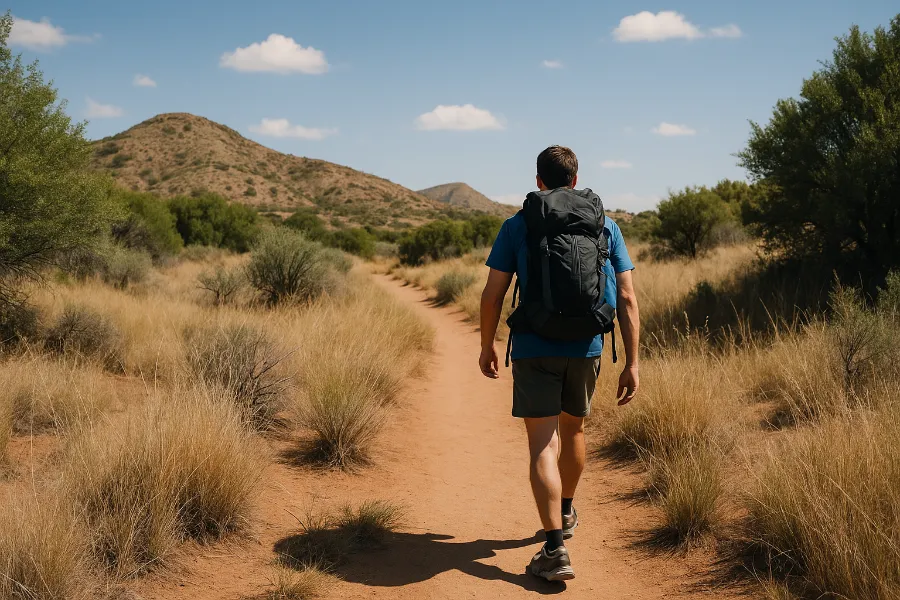
Alternatives: Ponchos, Umbrellas, and More
Backpacking expert Andrew Skurka points out that ponchos and umbrellas excel in airflow but struggle in wind and brush. Innovative designs like the Sierra Designs Cagoule experiment with poncho-like venting, but most backpackers still prefer traditional jackets.
Layering Strategy
The best system is to size your rain jacket to fit over a hiking shirt and light insulating layer. If conditions turn frigid and wet, layering a puffy beneath your shell keeps your core warm and dry.
Caring for Your Rain Jacket
A rain jacket is only as good as its DWR finish. Over time, dirt, oils, and abrasion cause “wetting out.” To extend life:
- Wash with a technical cleaner (avoid standard detergent).
- Reapply DWR with wash-in or spray-on treatments like Nikwax TX Direct.
- Store it dry and uncompressed to protect the waterproof membrane.
Remember: no jacket lasts forever, but proper care keeps it trail-ready for years.
Final Thoughts
The best backpacking rain jacket isn’t about picking the most expensive option—it’s about matching your needs, trip style, and budget.
- Want one jacket that balances price and performance? Go Patagonia Torrentshell 3L.
- Need the lightest but still storm-worthy? REI Co-op XeroCloud 3L.
- Watching your wallet? The REI Rainier is a proven value pick.
- Going high and cold? The Arc’teryx Beta SL is worth the investment.
No matter what you choose, having the right rain jacket transforms wet-weather backpacking from a miserable slog into a manageable (even enjoyable) adventure. Pack one, and you’ll thank yourself the first time storm clouds roll in.

